Birds
Birds are warm-blooded, covered in feathers and lay eggs. All birds have wings, a beak and stand on two legs. Most birds fly, but some cannot. Some species, particularly penguins and members of the Anatidae family, are adapted to swim. Some birds eat only seeds and berries. Some also eat insects. Birds of prey eat small animals. Male birds are usually more brightly colored than females, while females have better camouflage which helps to protect their nests.Birds are incredibly intelligent animals. They make and use tools and culturally transmit knowledge across generations. They are social, communicating with visual signals, calls and songs, and participate in such social behaviors such as cooperative breeding and hunting, flocking and mobbing of predators. The vast majority of bird species are monogamous, for one breeding season or for years. Eggs are usually laid in a nest and incubated by the parents. Most birds have an extended period of parental care after hatching. In some species, both parents care for the babies, or close relatives will help with the raising of the young.

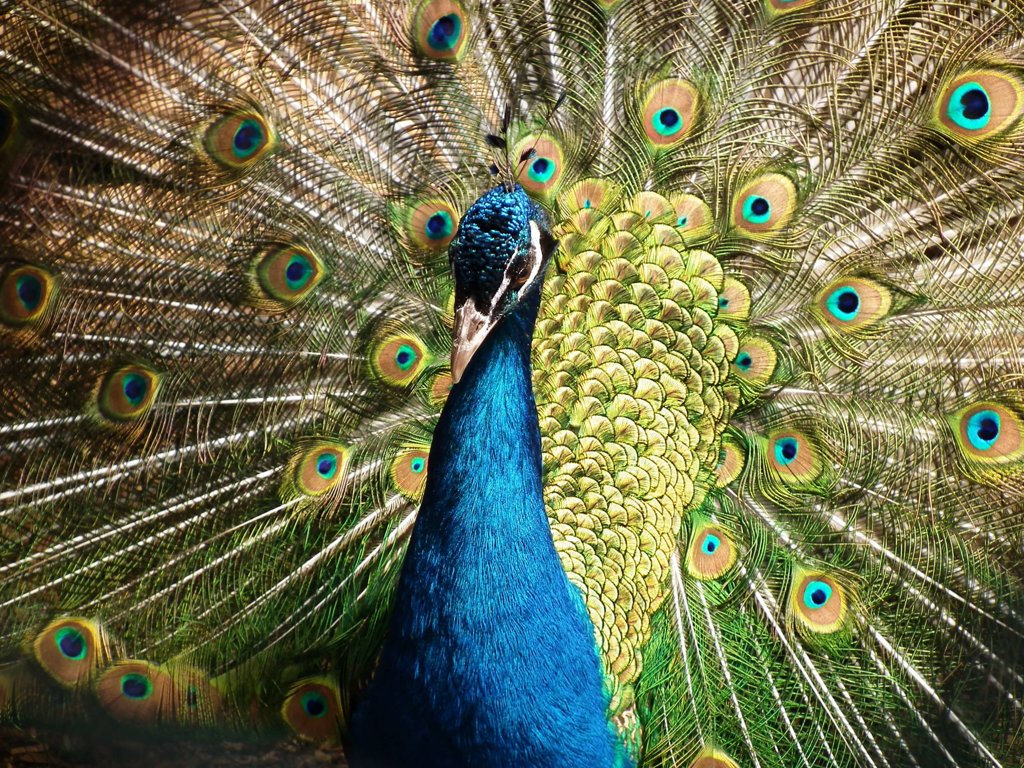
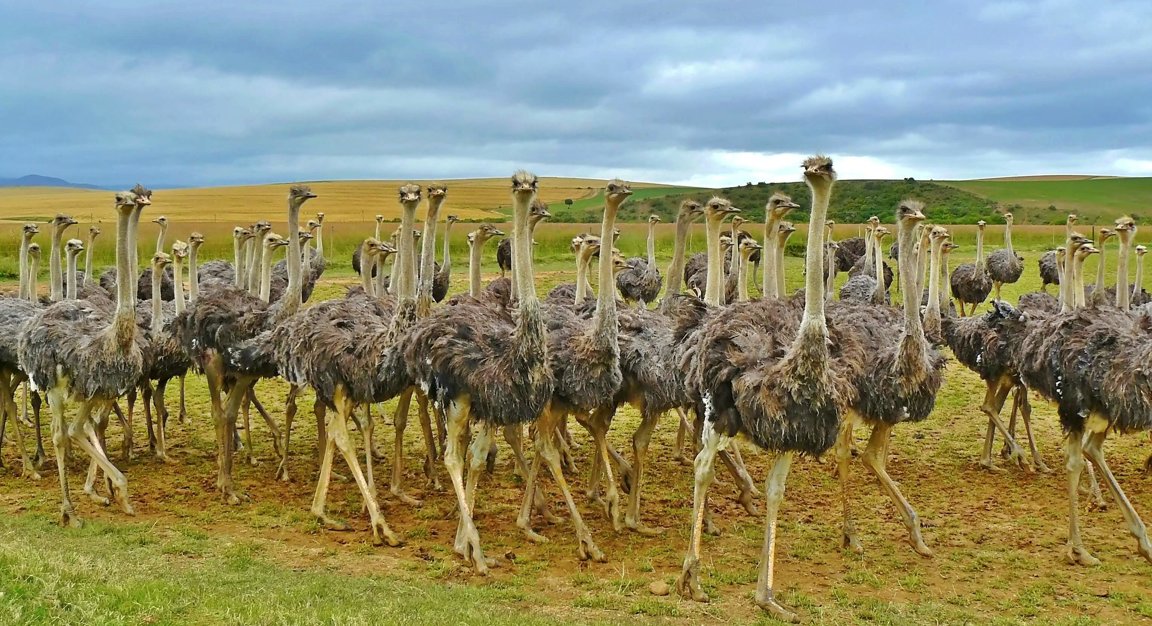 Fascinating Bird Facts
Fascinating Bird Facts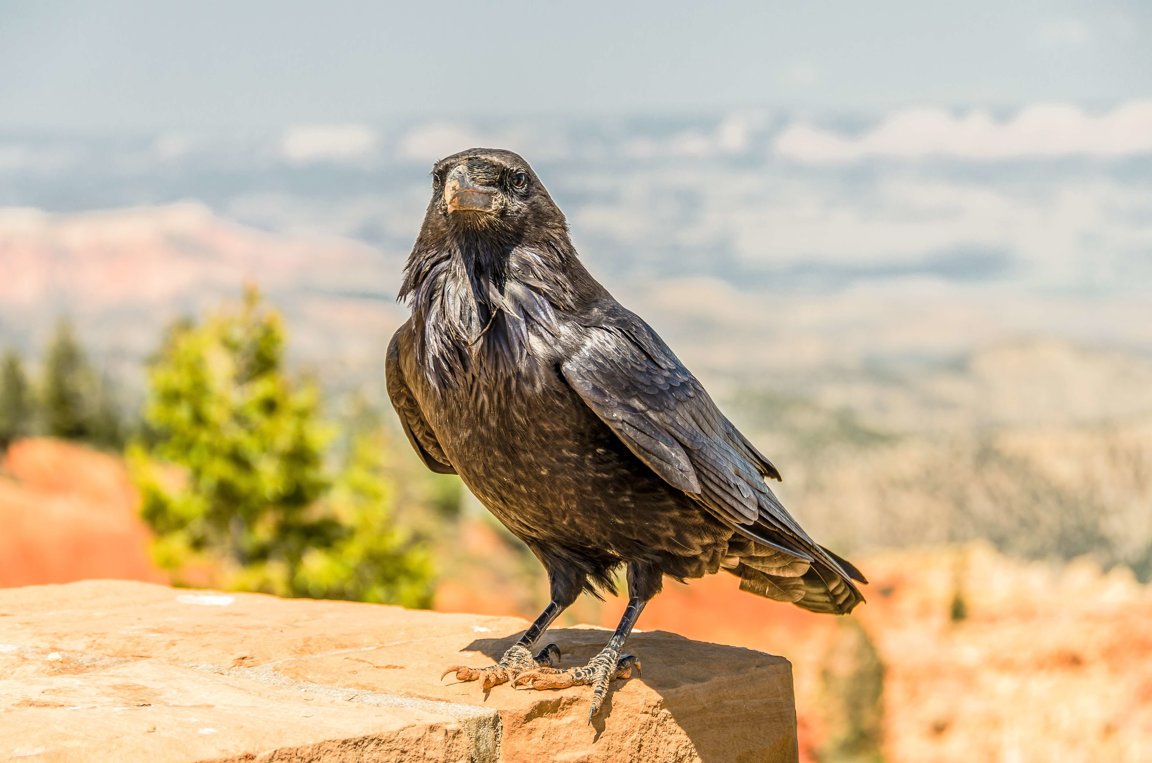 Smarter Than Kids
Smarter Than Kids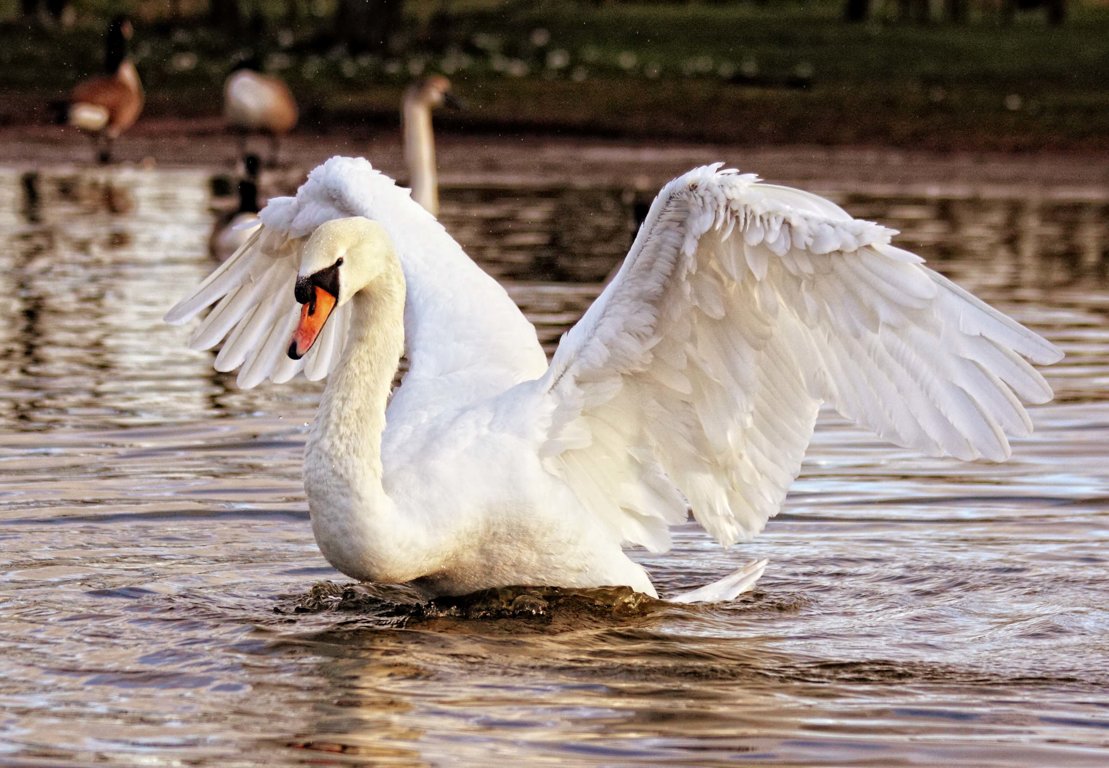 Holding Grudges
Holding Grudges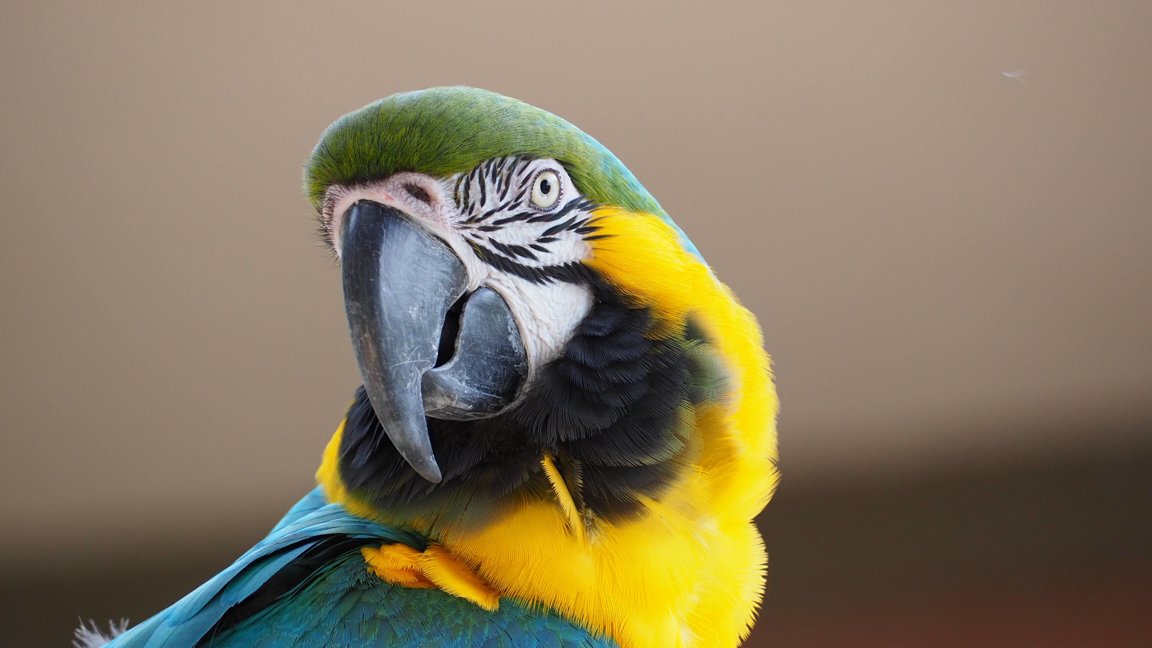 Masters Of Language
Masters Of Language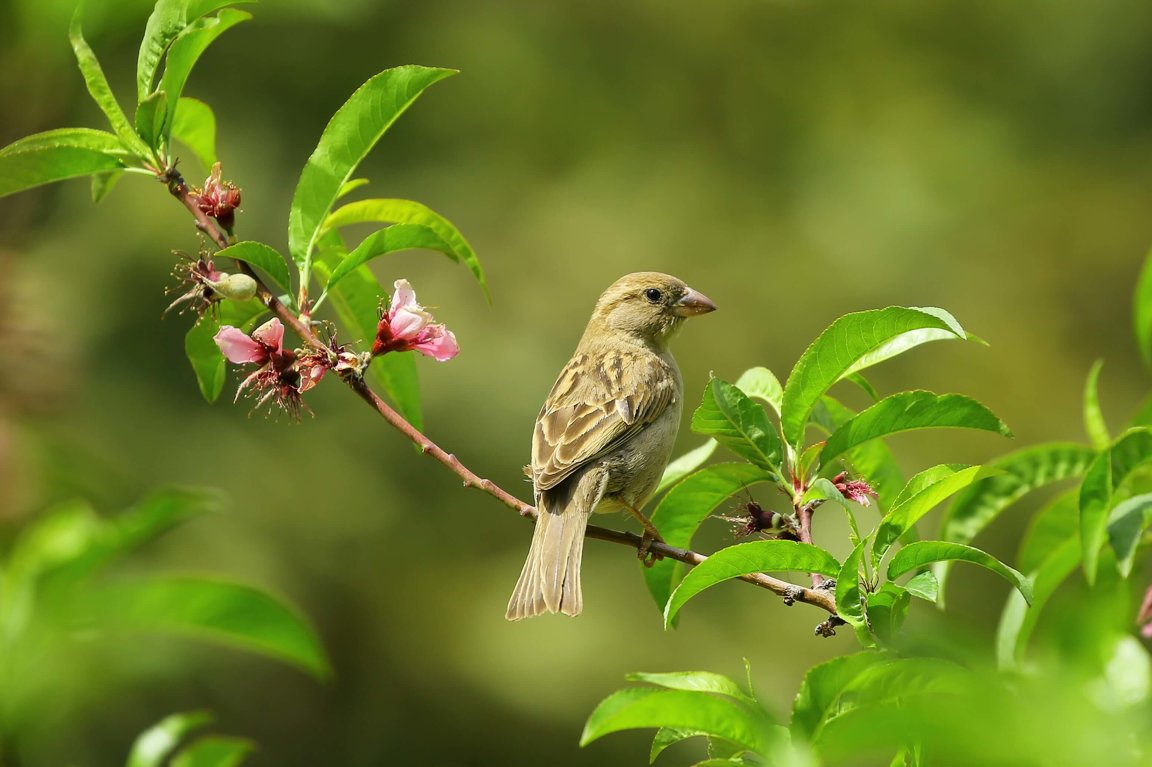 Backyard Birding
Backyard Birding